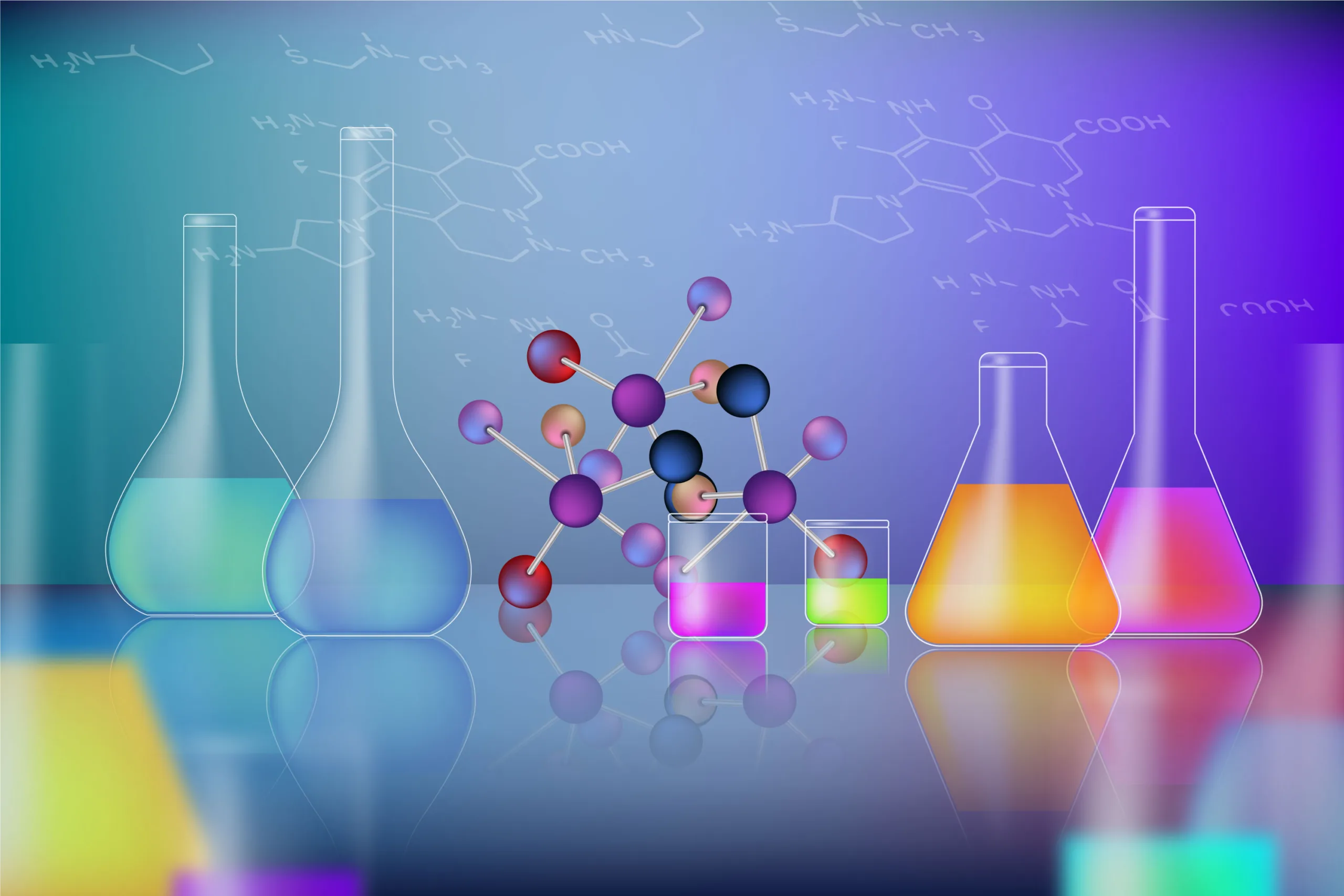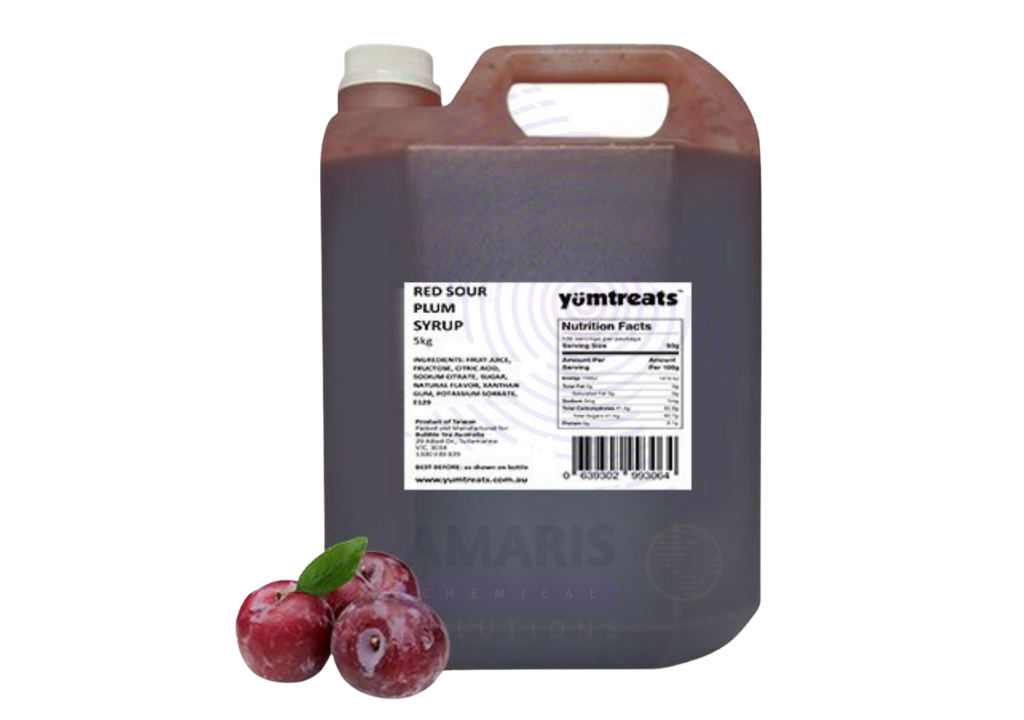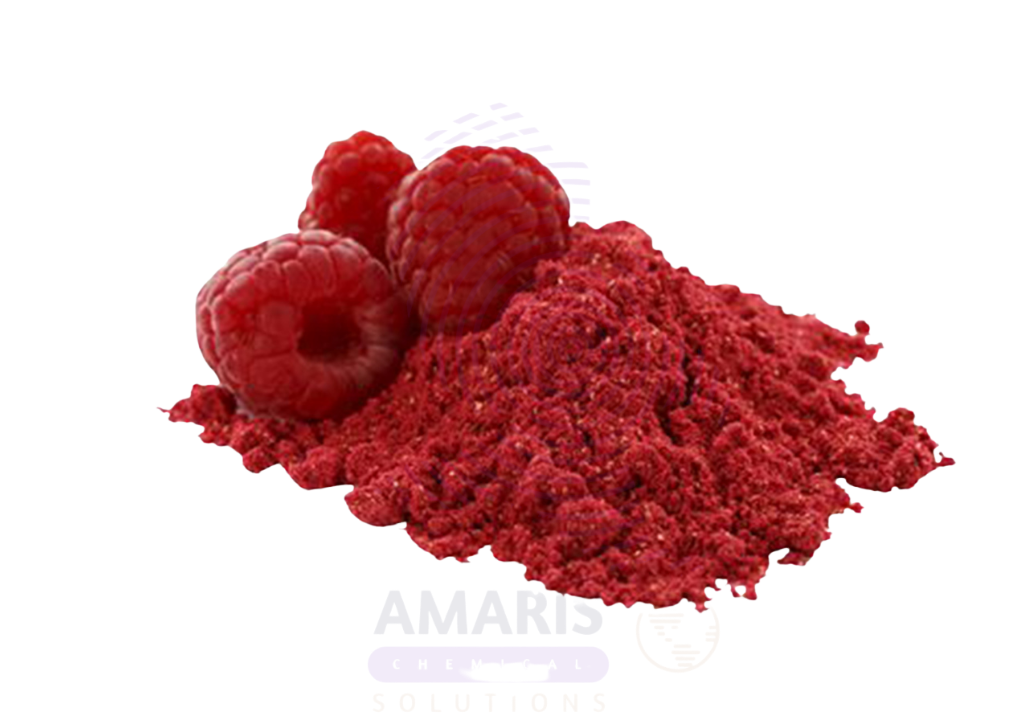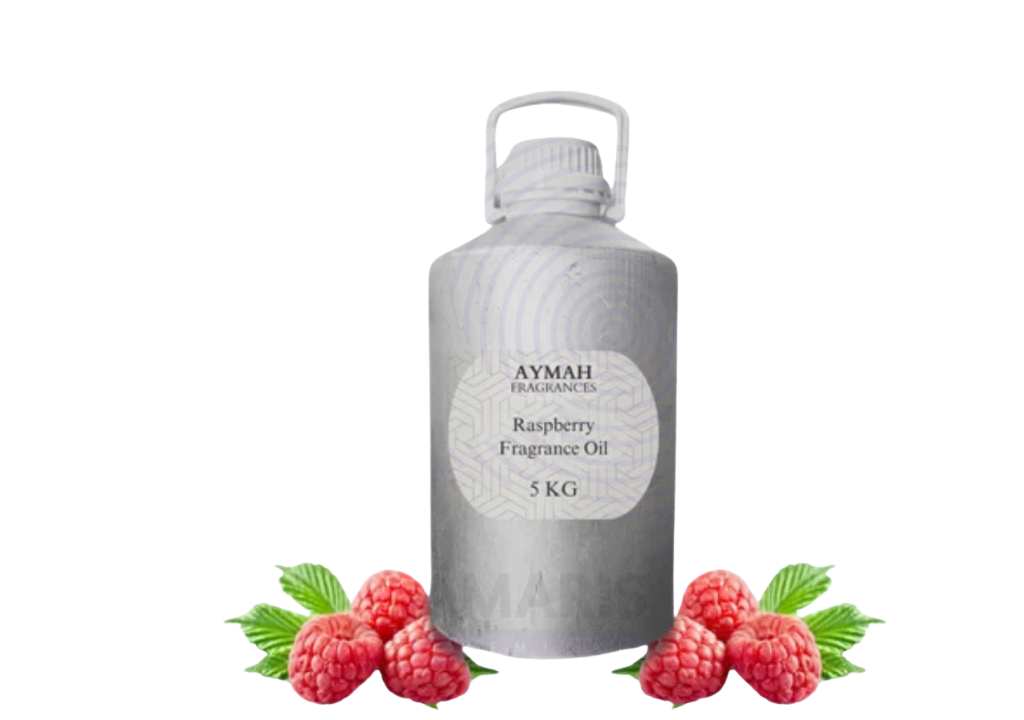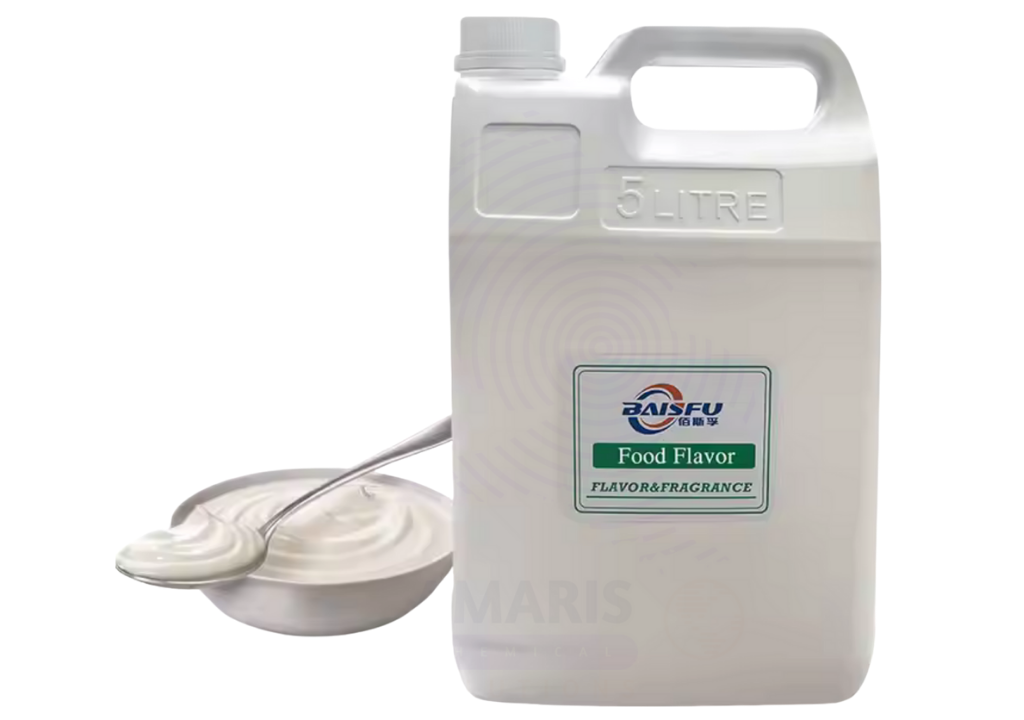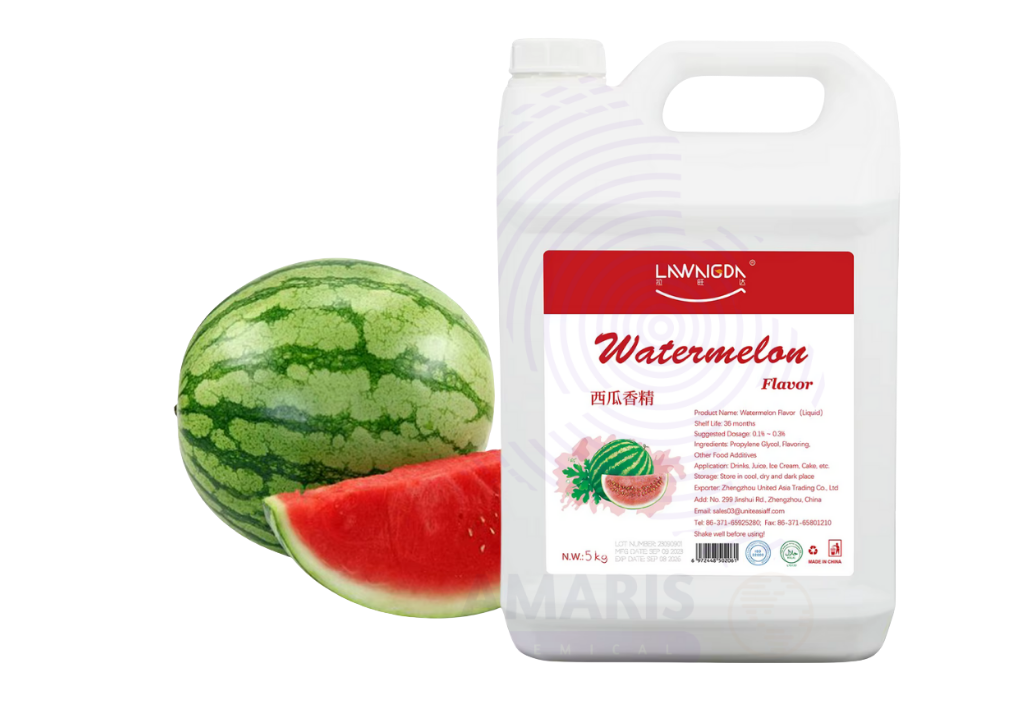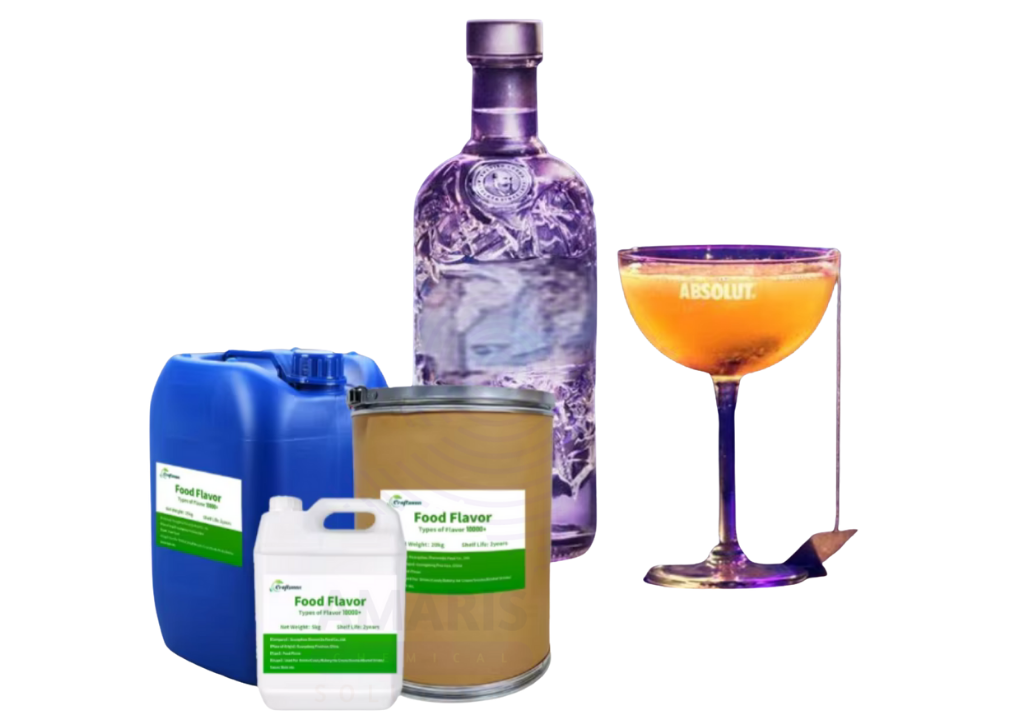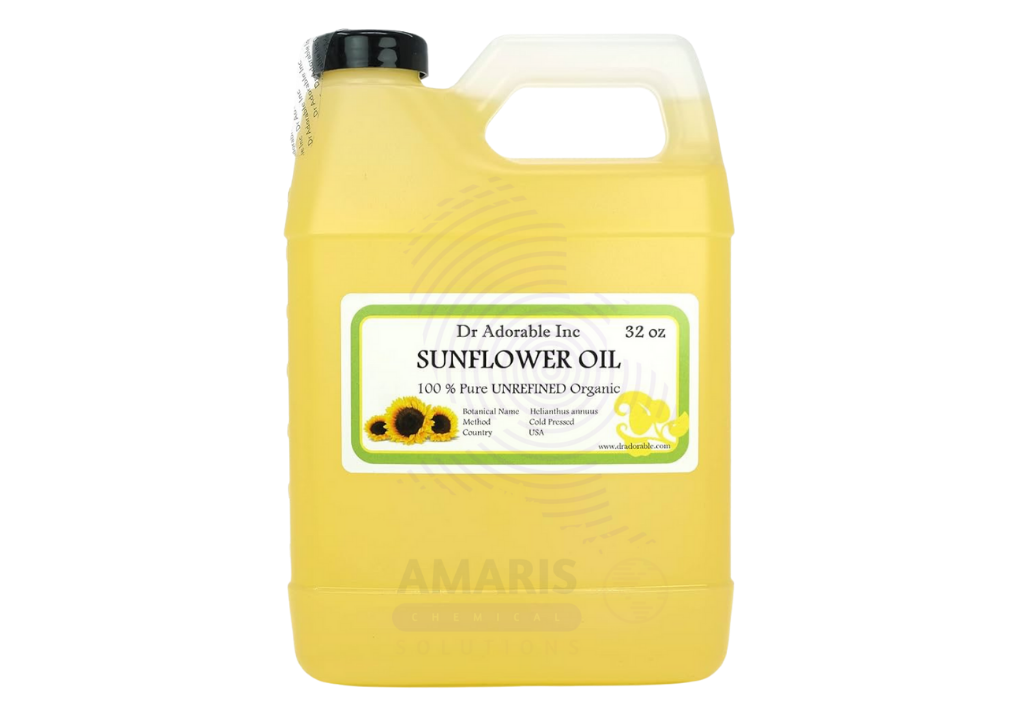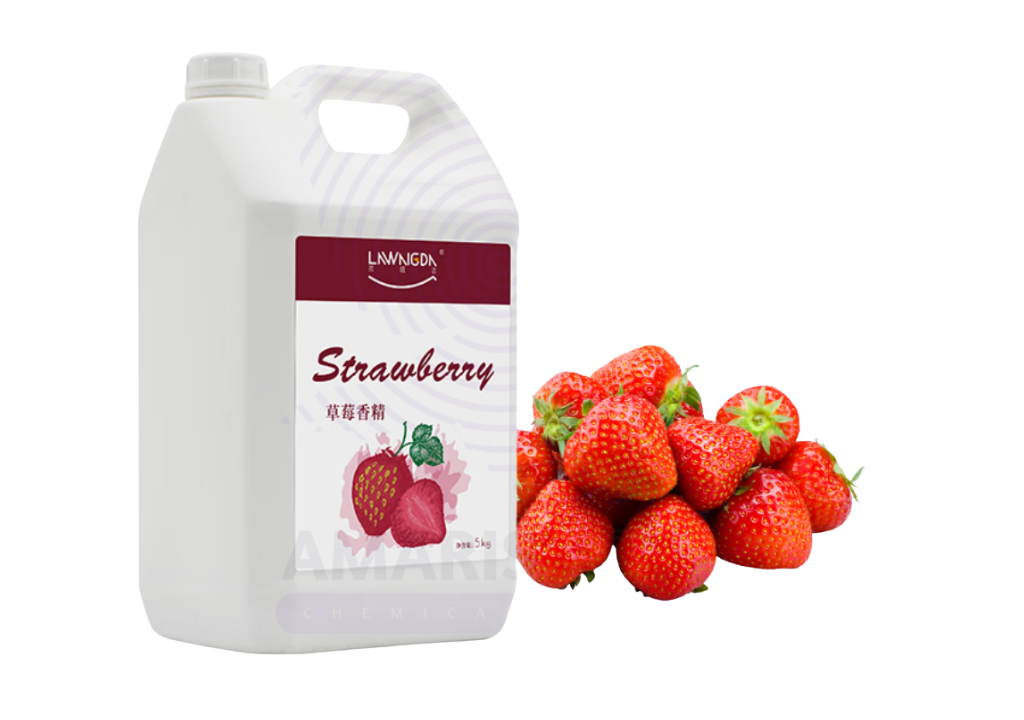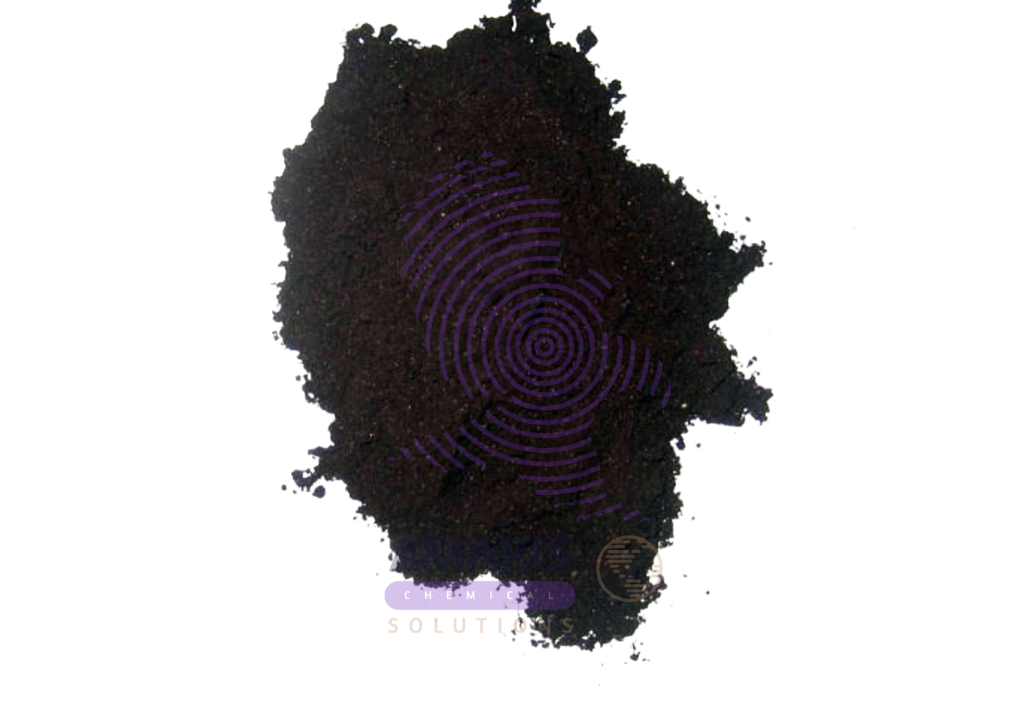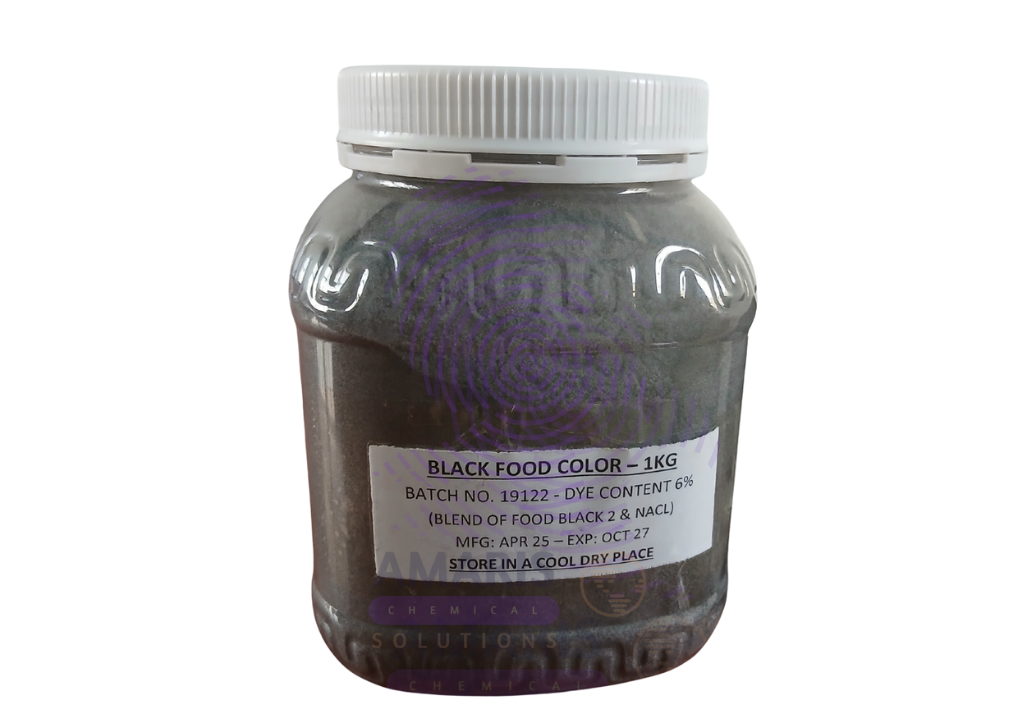Dichloromethane (DCM): The Essential Solvent Powering Modern Chemistry ⚗️🌍
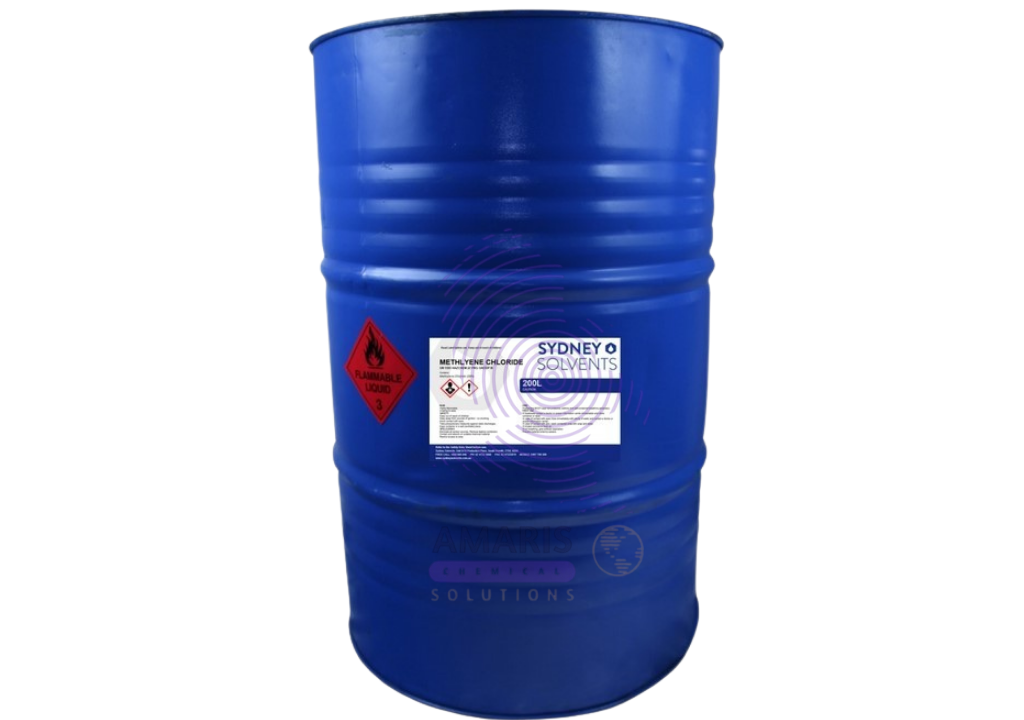
When it comes to versatile industrial solvents, few chemicals match the strength and adaptability of Dichloromethane (DCM), also known as methylene chloride. This clear, volatile liquid is widely used across laboratories and industries for its remarkable ability to dissolve a variety of substances.
At Amaris Chemical Solutions, we provide high-purity Dichloromethane suitable for research, extraction, and manufacturing — offering reliability, consistency, and performance that meet international quality standards. 💧🧪
🧭 What is Dichloromethane?
Dichloromethane (DCM) is a colorless, volatile liquid with a mildly sweet odor. It is a chlorinated hydrocarbon that strikes a perfect balance between solubility and stability, making it one of the most trusted solvents in laboratories and industries.
Despite being non-flammable under normal conditions, it’s a powerful solvent capable of dissolving a broad range of organic materials — from oils and resins to waxes and paints.
🔬 Basic Chemical Information:
- Chemical Formula: CH₂Cl₂
- Molecular Weight: 84.93 g/mol
- Boiling Point: 40°C
- Density: 1.33 g/cm³
- Appearance: Clear, colorless liquid
- Odor: Sweet, chloroform-like
- Solubility: Slightly soluble in water; highly miscible with organic solvents
⚙️ Key Applications of Dichloromethane
1. Paint and Coating Removal 🎨
DCM is a primary ingredient in paint removers and degreasers. Its ability to penetrate and soften layers of paint, varnish, and adhesives makes it indispensable in surface preparation and cleaning industries.
2. Pharmaceutical Industry 💊
In pharmaceuticals, Dichloromethane is widely used as an extraction and reaction solvent. It facilitates purification and crystallization processes, helping achieve high-quality active pharmaceutical ingredients (APIs).
3. Chemical and Polymer Manufacturing 🏭
DCM plays a vital role as a reaction medium in the synthesis of polymers like polycarbonate and cellulose acetate. It’s also used in the production of fine chemicals, agrochemicals, and specialty compounds.
4. Food and Beverage Industry 🍃
Interestingly, DCM is used (under controlled conditions) in processes like decaffeination of coffee and tea and extraction of flavors and fragrances. Food-grade standards ensure safety and minimize residues in these applications.
5. Laboratory Use 🧫
In analytical and organic chemistry labs, DCM is a go-to solvent for liquid-liquid extractions. It’s ideal for separating organic compounds from aqueous mixtures, providing clean and efficient results.
⚠️ Safety and Handling Guidelines
While Dichloromethane offers incredible benefits, it must be handled responsibly due to its toxicity and volatility.
🧤 Personal Protective Equipment (PPE):
- Chemical-resistant gloves (nitrile or neoprene)
- Safety goggles and face shield
- Lab coat or chemical apron
- Adequate ventilation or fume hood use
⚡ Hazard Characteristics:
- Health Hazards: Prolonged exposure can affect the central nervous system and liver.
- Inhalation Risk: Vapors can cause dizziness, headache, and nausea.
- Contact Risk: Can irritate skin and eyes.
🚑 First Aid Measures:
- Inhalation: Move to fresh air; provide oxygen if breathing is difficult.
- Skin Contact: Wash with soap and water.
- Eye Contact: Rinse with water for at least 15 minutes.
- Ingestion: Seek medical attention immediately — do not induce vomiting.
🧯 Storage Recommendations:
- Store in tightly sealed containers in a cool, dry, well-ventilated area.
- Keep away from heat, sparks, and open flames.
- Avoid prolonged exposure to sunlight.
🌿 Environmental Considerations
While DCM is not directly ozone-depleting like older chlorinated solvents, it still poses environmental and health concerns. Proper containment, recovery, and disposal are essential to prevent contamination.
Industries are increasingly shifting toward safer handling systems and closed-loop solvent recovery processes, which reduce waste and vapor emissions — a practice we strongly support at Amaris Chemical Solutions. 🌱
💡 Did You Know?
🔹 DCM was once used in early aerosol propellants and fire extinguishers due to its low flammability.
🔹 It evaporates quickly, leaving minimal residue — a key reason for its popularity in cleaning and extraction.
🔹 It is sometimes called “industrial chloroform” because of its similar structure and solvent properties.
🧠 Conclusion
Dichloromethane (DCM) stands as one of the most effective and adaptable solvents in chemistry today. From pharmaceutical synthesis to paint removal, it supports countless processes that shape modern industry.When safety, quality, and consistency are non-negotiable, Amaris Chemical Solutions is your trusted source for premium Dichloromethane — supporting both industrial and research needs with precision and care. ⚗️💼


 Preservatives(food)
Preservatives(food) Flavor Enhancers
Flavor Enhancers Acidulants
Acidulants Sweeteners
Sweeteners Antioxidants
Antioxidants Colorants(food)
Colorants(food) Nutraceutical Ingredients (food)
Nutraceutical Ingredients (food) Nutrient Supplements
Nutrient Supplements Emulsifiers
Emulsifiers
 Collectors
Collectors Dust Suppressants
Dust Suppressants Explosives and Blasting Agents
Explosives and Blasting Agents Flocculants and Coagulants
Flocculants and Coagulants Frothers
Frothers Leaching Agents
Leaching Agents pH Modifiers
pH Modifiers Precious Metal Extraction Agents
Precious Metal Extraction Agents
 Antioxidants(plastic)
Antioxidants(plastic) Colorants (Pigments, Dyes)
Colorants (Pigments, Dyes) Fillers and Reinforcements
Fillers and Reinforcements Flame Retardants
Flame Retardants Monomers
Monomers Plasticizers
Plasticizers Polymerization Initiators
Polymerization Initiators Stabilizers (UV, Heat)
Stabilizers (UV, Heat)
 Antifoaming Agents
Antifoaming Agents Chelating Agents
Chelating Agents Coagulants and Flocculants
Coagulants and Flocculants Corrosion Inhibitors
Corrosion Inhibitors Disinfectants and Biocides
Disinfectants and Biocides Oxidizing Agents
Oxidizing Agents pH Adjusters
pH Adjusters Scale Inhibitors( water)
Scale Inhibitors( water)
 Antioxidants(cosmetic)
Antioxidants(cosmetic) Emollients
Emollients Fragrances and Essential Oils
Fragrances and Essential Oils Humectants
Humectants Preservatives
Preservatives Surfactants(cosmetic)
Surfactants(cosmetic) Thickeners
Thickeners UV Filters
UV Filters
 Fertilizers
Fertilizers Soil Conditioners
Soil Conditioners Plant Growth Regulators
Plant Growth Regulators Animal Feed Additives
Animal Feed Additives Biostimulants
Biostimulants Pesticides (Herbicides, Insecticides, Fungicides)
Pesticides (Herbicides, Insecticides, Fungicides)
 Active Pharmaceutical Ingredients (APIs)
Active Pharmaceutical Ingredients (APIs) Excipients
Excipients Solvents(pharmaceutical)
Solvents(pharmaceutical) Antibiotics
Antibiotics Antiseptics and Disinfectants
Antiseptics and Disinfectants Vaccine Adjuvants
Vaccine Adjuvants Nutraceutical Ingredients (pharmaceutical)
Nutraceutical Ingredients (pharmaceutical) Analgesics & Antipyretics
Analgesics & Antipyretics
 Analytical Reagents
Analytical Reagents Solvents(lab)
Solvents(lab) Chromatography Chemicals
Chromatography Chemicals Spectroscopy Reagents
Spectroscopy Reagents microbiology-and-cell-culture-reagents
microbiology-and-cell-culture-reagents Molecular Biology Reagents
Molecular Biology Reagents Biochemical Reagents
Biochemical Reagents Inorganic and Organic Standards
Inorganic and Organic Standards Laboratory Safety Chemicals
Laboratory Safety Chemicals Specialty Laboratory Chemicals(Special Laboratory Equipment)
Specialty Laboratory Chemicals(Special Laboratory Equipment)
 Demulsifiers
Demulsifiers Hydraulic Fracturing Fluids
Hydraulic Fracturing Fluids Scale Inhibitors(oil)
Scale Inhibitors(oil) Surfactants(oil)
Surfactants(oil) Drilling Fluids
Drilling Fluids
 Dyes and Pigments
Dyes and Pigments Bleaching Agents
Bleaching Agents Softening Agents
Softening Agents Finishing Agents
Finishing Agents Antistatic Agents
Antistatic Agents
 Admixtures
Admixtures Waterproofing Agents
Waterproofing Agents Sealants and Adhesives
Sealants and Adhesives Curing Compounds
Curing Compounds Concrete Repair Chemicals
Concrete Repair Chemicals Anti-Corrosion Coatings
Anti-Corrosion Coatings
 Surfactants(cleaning)
Surfactants(cleaning) Builders
Builders Enzymes
Enzymes Solvents (Cleaning)
Solvents (Cleaning) Fragrances
Fragrances
 Electronic Chemicals
Electronic Chemicals Catalysts
Catalysts Lubricants
Lubricants Photographic Chemicals
Photographic Chemicals Refrigerants
Refrigerants Automotive chemicals
Automotive chemicals Pyrotechnic Chemicals
Pyrotechnic Chemicals
 Biodegradable Surfactants
Biodegradable Surfactants Bio-based Solvents
Bio-based Solvents Renewable Polymers
Renewable Polymers Carbon Capture Chemicals
Carbon Capture Chemicals Wastewater Treatment Chemicals
Wastewater Treatment Chemicals
 Pigments
Pigments Solvents(paint)
Solvents(paint) Specialty Coatings
Specialty Coatings Binders/Resins
Binders/Resins Additives
Additives Driers
Driers Anti-Corrosion Agents
Anti-Corrosion Agents Functional Coatings
Functional Coatings Application-Specific Coatings
Application-Specific Coatings
 Fresh Herbs
Fresh Herbs Ground Spices
Ground Spices Whole Spices
Whole Spices Spice Blends
Spice Blends Dried Herbs
Dried Herbs
 Leavening Agents
Leavening Agents Dough Conditioners
Dough Conditioners Flour Treatments
Flour Treatments Fat Replacers
Fat Replacers Decoratives
Decoratives Preservatives(baking)
Preservatives(baking)
 Plasticizers & Softeners
Plasticizers & Softeners Reinforcing Agents
Reinforcing Agents Adhesion Promoters
Adhesion Promoters Vulcanizing Agents
Vulcanizing Agents Antidegradants
Antidegradants Blowing Agents
Blowing Agents Fillers & Extenders
Fillers & Extenders Accelerators & Retarders
Accelerators & Retarders